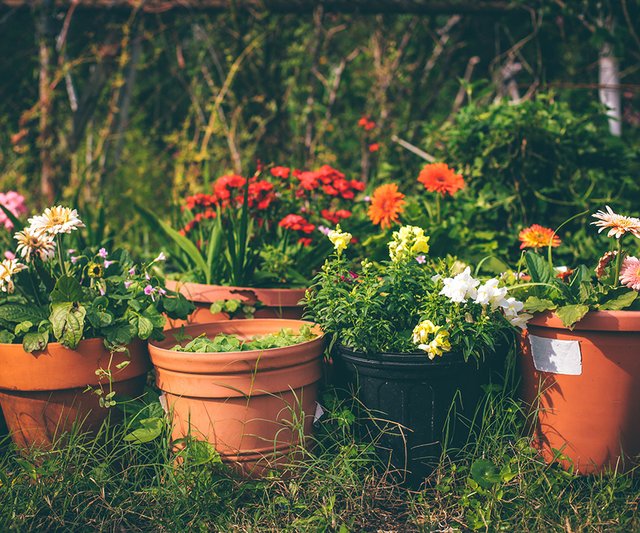Article contributed by SLELO partner, Sue Gwise with the Cornell Cooperative Extension of Jefferson County
Most of us think of invasive plants as those that invade natural areas. You may be surprised to know that your landscape may be harboring invasive species that were intentionally planted.
Many invasive plants are still sold by nurseries and garden centers. Some common invasive landscape species are now regulated or prohibited by the Department of Environmental Conservation. Regulated plants can be possessed but not knowingly released into natural areas, while prohibited plants can not be sold, bought or possessed in New York State. View a full list of regulated and prohibited plants in NYS.
If you do decide to remove any invasive landscape species, below is a list of native replacements. If you are starting a new landscape project, do not plant the species listed below. Try to favor native plants as much as possible to take advantage of the following benefits:
- Native plants support native wildlife. 90% of all songbirds raise their young on caterpillars that feed on native plants.
- Native plants are lower maintenance as they are adapted to our climate conditions and have fewer diseases and insect issues.
- A healthy population of native plants can deter invasion from invasives to an area.
|
INVASIVE PLANT |
NATIVE ALTERNATIVES | NYS STATUS |
| Wintercreeper (Euonymus fortunei) | Wild ginger (Asarun canadense) Christmas fern (Polystichum acrostichoides) Blue-eyed grass (Sisyrinchium angustifolium) | Regulated |
| Yellow Flag Iris (Iris pseudacorus) | Joe-pye weed (Eupatorium maculatum) Blue flag iris (Iris versicolor) swamp milkweed (Ascelpias incarnata) | Prohibited |
| Sweet Autumn Clematis (Clematis terniflora) | Virgin’s Bower (Clematis virginiana) | Regulated |
| Asian Honeysuckles (Lonicera spp) | Gray dogwood (Cornus racemosa) Redosier dogwood (Cornus sericea) Silky Dogwood (Cornus amomum) | Prohibited |
| Japanese Barberry | Virginia Rose (Rosa virginiana) Bayberry (Myrica pensylvanica) Ninebark (Physocarpus opulifolius) Silky dogwood (Cornus amomum) Red chokeberry (Aronia arbutifolia) Black chokeberry (Aronia melanocarpa) | Prohibited |
| Multiflora Rose | Spicebush (Lindera benzoin) Shrubby cinquefoil (Potentilla fruticose) | Prohibited |
| Porcelian Berry (Ampelopsis brevipedunculata) | American Wisteria (Wisteria frutescens) Virginia Creeper (Parthenocissus quinquefolia) | Prohibited |
| Burning Bush (Euonymus alatus) | Red chokeberry (Aronia arbutifolia) Black chokeberry (Aronia melanocarpa) Highbush blueberry (Vaccinium corymbosum) Fragrant sumac (Rhus aromatica) Virginia Sweetspire (itea virginica) Dogwood species listed above | Regulated |
| Norway Maple (Acer platanoides) | Red maple (Acer rubrum) Sugar Maple (Acer saccharum) American Linden (Tilia americana) Red Oak (Quercus rubra) Tuliptree (Liriodendron tulipifera | Regulated |
| Callery (Bradford) Pear (Pyrus calleryana) | Common serviceberry (Amelanchier arborea) Allegheny serviceberry (Amelanchier laevis) Cockspur hawthorne (Crataegus crus-galli) Green hawthorne (Crataegus viridis) Sweet crabapple (Malus coronaria) | |
| Autumn and Russian Olive (Elaeagnus umbellata and angustifolia) | Wild plum (Prunus americana) Staghorn sumac (Rhus typhina) American hazelnut (Corylus americana) | Autumn olive is prohibited |
| Oriental Bittersweet (Celastrus orbiculatus) | American bittersweet (Celastrus scandens) Virginia Creeper (Parthenocissus quinquefolia) | Prohibited |


